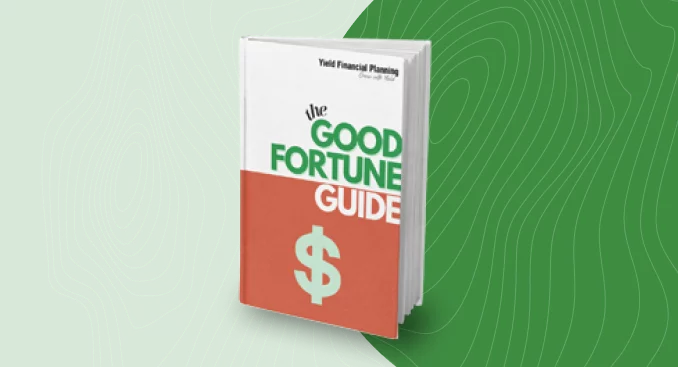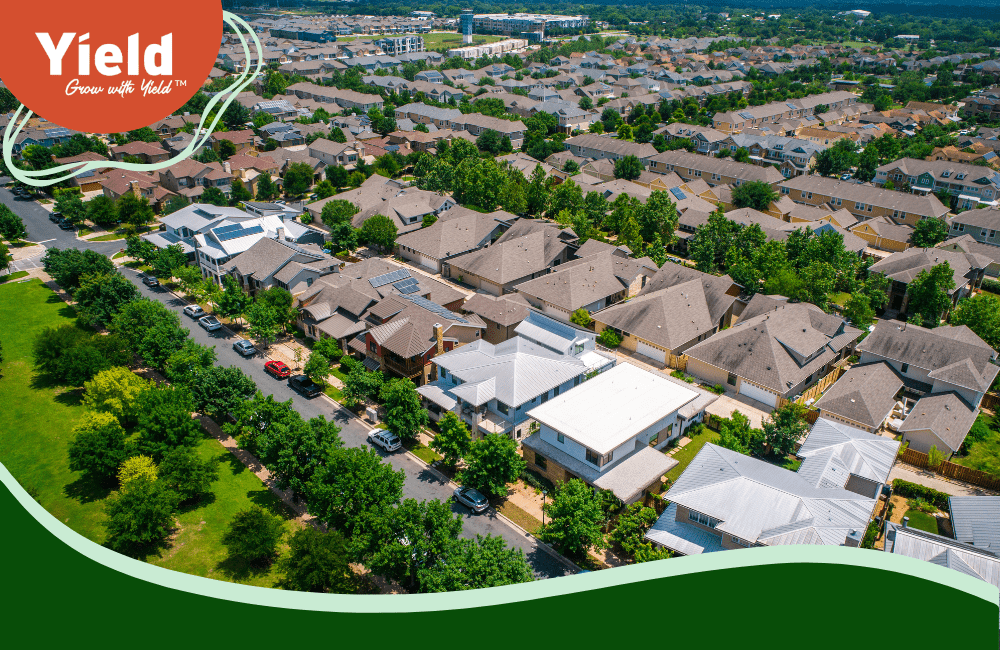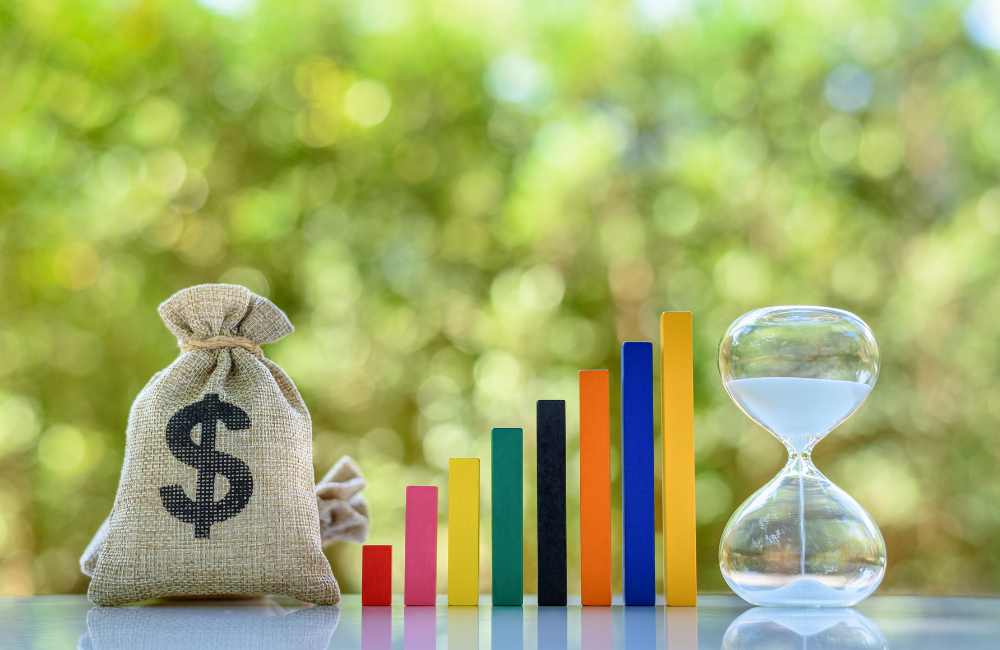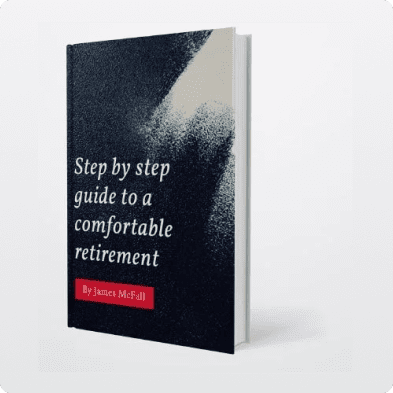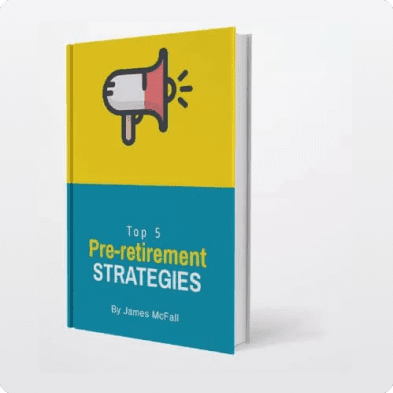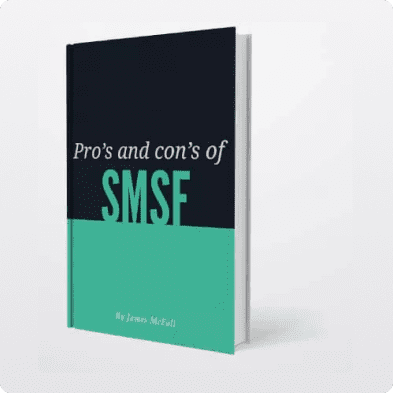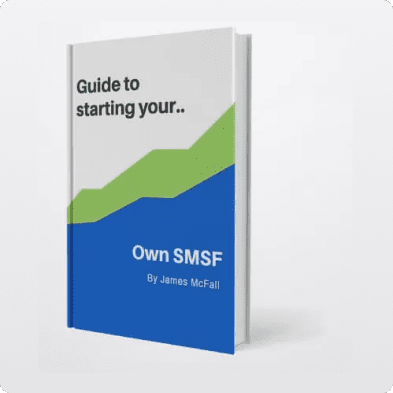Strategy 3 of our Top 5 Pre Retirement Strategies eBook is to use some equity in your home to invest in Shares and/or Property. The following has been taken from our eBook, which you can download on our website.
If you are a homeowner and are considering retirement, then you have probably been fortunate to see growth in your investment, especially if you have held it for several years. I expect you’ve also made inroads into your debt; and combining these two positive financial forces, it’s likely you have sizeable home equity accumulated.
If this sounds like you, then tapping into some home equity for your retirement planning could be another great option for you.

As an illustration, take a look at some returns over the past 15 years. I’ve included the largest capital cities in Australia, as a representation of the residential property market, alongside listed shares and property and highlighted the best performer for each year and the worst. Keep in mind that this period of time includes the GFC.
| Financial Year | Aus Shares | Int Shares | Aus Listed Prop | Melbourne Property | Sydney Property | Brisbane Property |
| 2004 | 22.4 | 19.4 | 17.2 | 0.3 | -1.0 | 4.6 |
| 2005 | 24.7 | 0.1 | 18.1 | 3.4 | -2.9 | 3.2 |
| 2006 | 24.2 | 19.9 | 18.0 | 8.4 | 0.0 | 7.3 |
| 2007 | 30.3 | 7.8 | 25.9 | 13.9 | 8.0 | 20.8 |
| 2008 | -12.1 | -21.3 | -36.3 | -6.1 | -13.3 | -3.9 |
| 2009 | -22.1 | -16.3 | -42.3 | 24.0 | 27.1 | 14.0 |
| 2010 | 13.8 | 5.2 | 20.4 | 8.9 | 4.2 | 1.1 |
| 2011 | 12.2 | 2.7 | 5.8 | -4.8 | -14.0 | -6.5 |
| 2012 | -7.0 | -0.5 | 11.0 | 2.6 | 20.1 | 2.3 |
| 2013 | 20.7 | 33.1 | 24.2 | 10.4 | 16.4 | 5.9 |
| 2014 | 17.6 | 20.4 | 11.1 | 1.6 | 12.1 | 4.3 |
| 2015 | 5.7 | 25.2 | 20.3 | 10.5 | 12.0 | 3.1 |
| 2016 | 2.0 | 0.4 | 24.6 | 7.1 | 3.7 | 3.0 |
| 2017 | 13.1 | 14.7 | -6.3 | 13.8 | 13.8 | 3.0 |
| 2018 | 13.7 | 15.4 | 13.0 | 2.3 | -3.9 | 1.7 |
| Return p.a. | 10.6% | 8.4% | 8.3% | 6.4% | 5.5% | 4.3% |
Does this data surprise you at all? It’s certainly volatile if you look at it year on year, but when you look at the average return over time it highlights well how this strategy can really work, right? Especially if you diversify.
An important aspect of borrowing to invest, is that it is very important to get your debt structuring right. You want to maximise your personal tax deductions and ensure that you are reducing any non-deductible debt you may have as quickly as possible.
If you are not familiar with investing or if you have limited time to proactively manage it, then I would recommend speaking with an adviser about your options.
Why this is a good option?
Reflecting on the data, what it shows you is that Shares and Property have delivered volatility, but also provided the best overall long-term return.
It’s generally accepted that an asset cycle runs between 7 – 10 years and what this is supposed to mean is that within a 7–10 year investment time frame, the investment should have time to ride out the bumps to get a more reliable positive return.
If you have roughly 10 years left to retirement, this may put you in a good position to consider this option.
To better understand how this option could work for you, if your investment were to grow by 5% p.a. and provide an income of 2% p.a., your returns would look like this.
| Year | Opening Balance | Growth | Income | Tax (39%) | Closing Balance |
| 1 | 300,000 | 15,000 | 6,000 | 2,340 | 318,660 |
| 2 | 318,660 | 15,933 | 6,373 | 2,486 | 338,481 |
| 3 | 338,481 | 16,924 | 6,770 | 2,640 | 359,534 |
| 4 | 359,534 | 17,977 | 7,191 | 2,804 | 381,897 |
| 5 | 381,897 | 19,095 | 7,638 | 2,979 | 405,651 |
| 6 | 405,651 | 20,283 | 8,113 | 3,164 | 430,883 |
| 7 | 430,883 | 21,544 | 8,618 | 3,361 | 457,684 |
| 8 | 457,684 | 22,884 | 9,154 | 3,570 | 486,152 |
| 9 | 486,152 | 24,308 | 9,723 | 3,792 | 516,390 |
| 10 | 516,390 | 25,820 | 10,328 | 4,028 | 548,510 |
These estimates are conservative. I’ve used these estimates, knowing they are lower than almost all of the returns shown in the 15-year historical data we’ve looked at. They are also lower than longer ranging data that we have accessed, when factoring in tax, including for example:
Australia’s main share market index, the ‘All ordinaries’ since 1984 = 6.47% p.a. The USA top 500 company index, the S&P500 for the same period = 8.56% p.a. excluding dividends paid in this period.
I’ve done this to show that even a lower rate of return can make the strategy worthwhile.
| “In this example, your total return after 10 years could be $248,510 growth.” |
Next we deduct costs:
If you’d borrowed 100% of the balance to begin with at 5% p.a. and made interest only repayments, you’d have paid $150,000 over the same 10-year period. In addition, as the interest deduction is greater than the income earned, you’d also have saved $27,336 of tax in the same 39% tax bracket, resulting in an overall out of pocket amount of $122,664.
| “This equates to a strategy value of $125,846 for the period.” |
Remember also that these returns are of the broader markets that they represent. Asset allocation and investment selection can deliver outperformance and therefore the more aware you and/or your adviser are of overarching economic considerations affecting investments, the more opportunity you have to influence what your investments actually achieve for potential outperformance.
What scenario and risk profile/person does this make sense for?
In order for this option to make sense, the most important thing that you need is time – too short and it is just a gamble!

For Shares and Property, a 7–10 year time frame is reasonable. Some pundits will tell you 5 years, but I think it’s safer sticking to an asset cycle and ideally the outer time frame of 10 years. This not only gives your money time to recover if there is a fall, but it gives it more time to compound and compounding creates exponential return.
It is also important to recognise that this is a high growth investment strategy. This doesn’t mean that you have to be a high growth investor in all of your investing, but it does mean that you need to be able to accept the risk and volatility that will come. A good way to look at this option is to think about if you are going to be able to sleep at night when there is volatility. We call this the sleep test and if negative returns are going to keep you awake at night, then the strategy is too risky for you.
To help analyse how you feel about this, think about the 15 year return data. Focus on 2007 – 2009 and imagine how you might have felt if your money had halved at that time. Could you stomach it? Your investment would have bounced back by now and likely grown substantially since, but if you can’t stay unemotional about the ebb’s and flows, this strategy is not suitable for you.
Now that you’ve thought about how you ‘imagine’ you might react, think about how you ‘actually’ reacted in the period to your super dropping in value. You may not have been invested in a high growth strategy, which means the downside would not have been felt quite as hard, but it could give you some better insight into your true nature, when markets are at their most volatile.
Also, don’t fall into the trap of thinking that property is immune from negative returns. You only need to look at the US and Europe during the GFC to know that it can fall heavily like shares at times; and in some respects, the fact Australia’s property market has remained as robust as it has, it only makes it more vulnerable to downward movement in the future. But as the 15 year data shows as well, there have actually been plenty of negative years in Australia anyway. It’s just commonly misunderstood because returns are not reported on daily, like shares are.
If at this point you are still with me and can see that this option could really work for you, then it’s time to look at the ways in which you can manage the risks of using equity in your home to invest.
Some of these include:
|
Would You like to talk about borrowing to invest?
Yield Financial Planners are here to help contact us.


